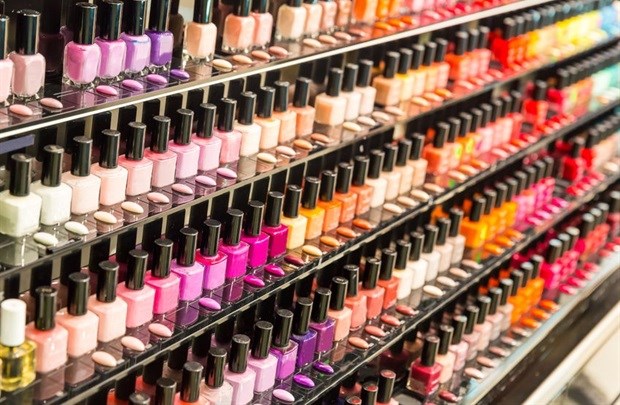
The cosmetics industry uses hundreds of chemicals in manufacturing, dozens of which can be present in the final product, leading to potential consumer and workplace exposure, particularly in nail and hair salons. Three chemicals have particular notoriety for their use in nail polish – dibutyl phthalate (DBP), toluene and formaldehyde. Scientists have identified this 'toxic trio' of chemicals, which are also used in perfumes, body lotions and other personal care products, as hazardous.
In Africa, the beauty and skin industry is not well-regulated, making it a lot more risky for consumers to get exposed to dangerous chemicals. Currently, there is a rising trend in skin bleaching and it is estimated that over 70% of women in Nigeria are using skin lightening products.
This phenomenon is creating concerns around increasing health issues that may be caused by these products. Many of these skin lightening products are easily accessible in the region, despite them being banned in countries such as South Africa, Mali and Cote d’Ivoire.
With global sales for skincare products estimated to grow by 40% to $180 billion by 2024, manufacturers and suppliers face liability risk if bodily injuries are linked to 'toxic trio' exposure. These risks include:
• Product recalls if a product containing one of the 'toxic trio' is deemed risky to consumers by regulators, whose attention is increasing.
• Product mislabelling is a growing threat. Manufacturers who market their products as being “three-free” could be held liable if their products contain any of these chemicals, even if it is not their fault.
• Latent liability from DBP affecting both consumers and workers has the potential to generate in excess of $100 billion in losses to the U.S. economy, based on Praedicat’s model estimates, due to the broad exposure.
“Companies need to implement rigorous testing to reduce the risk of mislabelling and proactively monitor scientific literature to identify future risks rather than reacting to public perception or regulatory action,” said Michael Hohmann, global head of liability at AGCS.
View the full Emerging Liability Risks: The ‘Toxic Trio report.